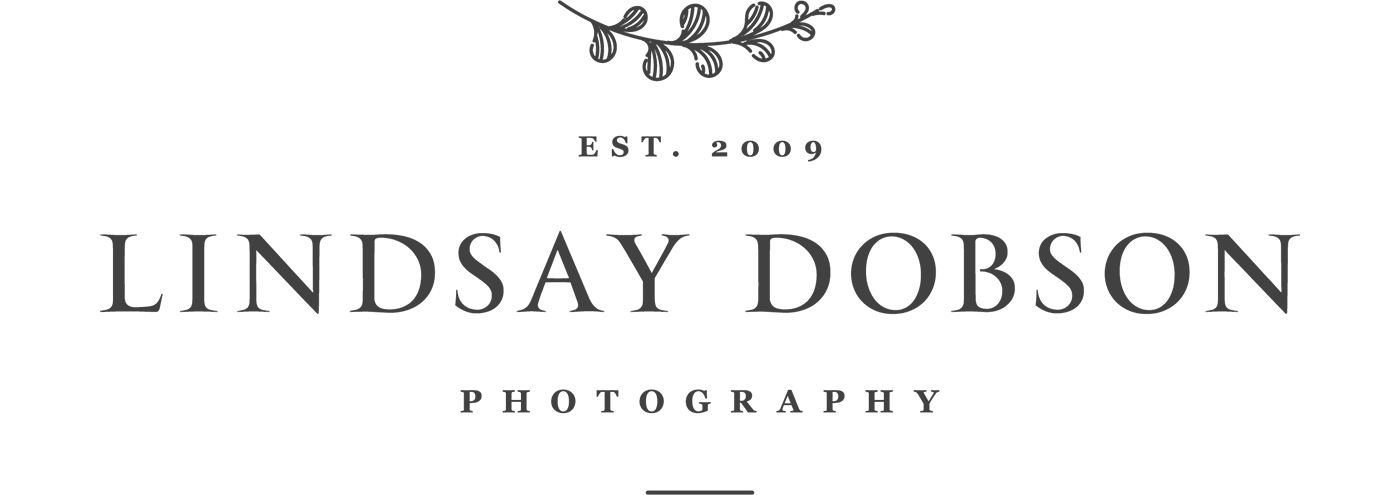Fuji XT200 vs Sony A7Riii High ISO Comparison
This may appear to be a silly comparison. After all, I’m comparing Sony’s A7Riii 42 megapixel full frame sensor with the sensor found in Fuji’s entry-level APS-C XT200. But as someone who owns both cameras (and will shoot with them side by side at times) this isn’t a silly comparison at all. It helps me to understand where the line in the sand is, with respect to capping my ISO values when on professional photography assignments and personal outings.
I fully intend to use my Fuji XT200 professionally where the situation dictates. For the kind of work I do there’s no reason not to. The XT200 will be a handy and very portable backup to my main system, or a second camera with a small fast prime mounted for capturing more candid moments. I’m a portrait photographer so I don’t intend to use the XT200 for fast action or wet weather shooting. For virtually everything else, it’s great.
The Fujifilm XT200 offers fantastic value and great performance
Given what I’ve said in the past with respect to my dislike of Fuji X-Trans sensor technology, I was absolutely delighted to see their superb Bayer array sensors gaining a little more airtime. The image quality from these is nothing short of sensational - in both ISO performance, dynamic range, and colour.
In general, we would expect to see around a stop in the noise differential at any given ISO value when comparing a recent full frame sensor with a same generation APS-C sensor. I like shooting with both formats. I enjoy the convenience of generally smaller and lighter APS-C cameras and lenses, making them really good choices for personal use and backups. I’ve never felt particularly compromised by the slightly lower ISO capability.
My Fuji XT200 was recently purchased to replace my much loved Panasonic LX100ii. The Panasonic was purely a personal use handbag camera and not something I would use when working. Moving to the Fuji means accepting a slightly larger size, but with a number of advantages which I recently set out in this blog post: Fuji XT200 Best Travel Cameras
Back to my ISO tests. I photographed a corner of my office because this particular scene gives me a range of tonal values to assess. The full frame Sony A7Riii needed a slight aperture adjustment to bring the depth of field in line with the APS-C sensor on the Fuji. This isn’t a test of lens sharpness by any means but I think the 15-45 Fuji kit lens does incredibly well. The Sony camera is fitted with the excellent Tamron 28-70 f2.8 pro lens. However I have noticed that images shot through the Tamron 28-79 f2.8 tend to be around half a stop under-exposed, so I had to adjust for that.
High ISO test scene …
A corner of my office serves as a handy spot for examining ISO performance. The shots below are crops from the centre
Whenever I carry out ISO tests using different cameras it’s important that the images are viewed at the same size, otherwise it isn’t a useful comparison. This means down-sampling images from camera which has the higher native resolution. I then take tight crops (again, at a consistent size) from a relevant section of the image. We would almost never make prints at that magnification, but it’s the accepted way of assessing noise in any given photograph. I see lots of people zooming in beyond this to 200% - a completely pointless exercise since at that level we’ve gone beyond normal pixel resolution and we would never print at such low quality.
The RAW images were imported into Adobe Lightroom for conversion and my default sharpening applied (amount 30, radius 0.7, detail 25, masking 10). My default noise reduction settings were also used (luminance 15, colour 25). Both sets of images were shot with daylight white balance, but I had to make a slight tweak to match the images in Lightroom. Matching the colour of all the images (at least as far as possible) is important - for some reason cooler toned images seem to show noise less than slightly warmer toned photographs. I also had to match the slight exposure differences between the two cameras. The XT200 renders a noticeably brighter file so these images were dropped very slightly to better match the A7Riii. Matching exposure is important – if we don’t do this it isn’t a like for like comparison since we can interpret noise differently if the tones don’t match up.
I think the conclusion we can draw from the photographs is clear. Both cameras show impressive high ISO performance. We would of course expect this from the Sony A7Riii, but the little Fuji has delighted me in this regard. There is very little difference between the two cameras in fact, perhaps half a stop. It’s fantastic to see this level of image quality available in entry-level cameras. There is enough detail from both sensors for us to apply more noise reduction if we wanted to in the higher ISO images, without an appreciable loss of quality.
The XT200 bests my Sony APS-C bodies in IQ and my recent Canon APS-C camera. The Fuji doesn’t have the same autofocus performance of those cameras, but for its intended purpose that isn’t too much of a compromise. I’m looking forward to seeing where Fuji goes with its Bayer sensor line in the future.






